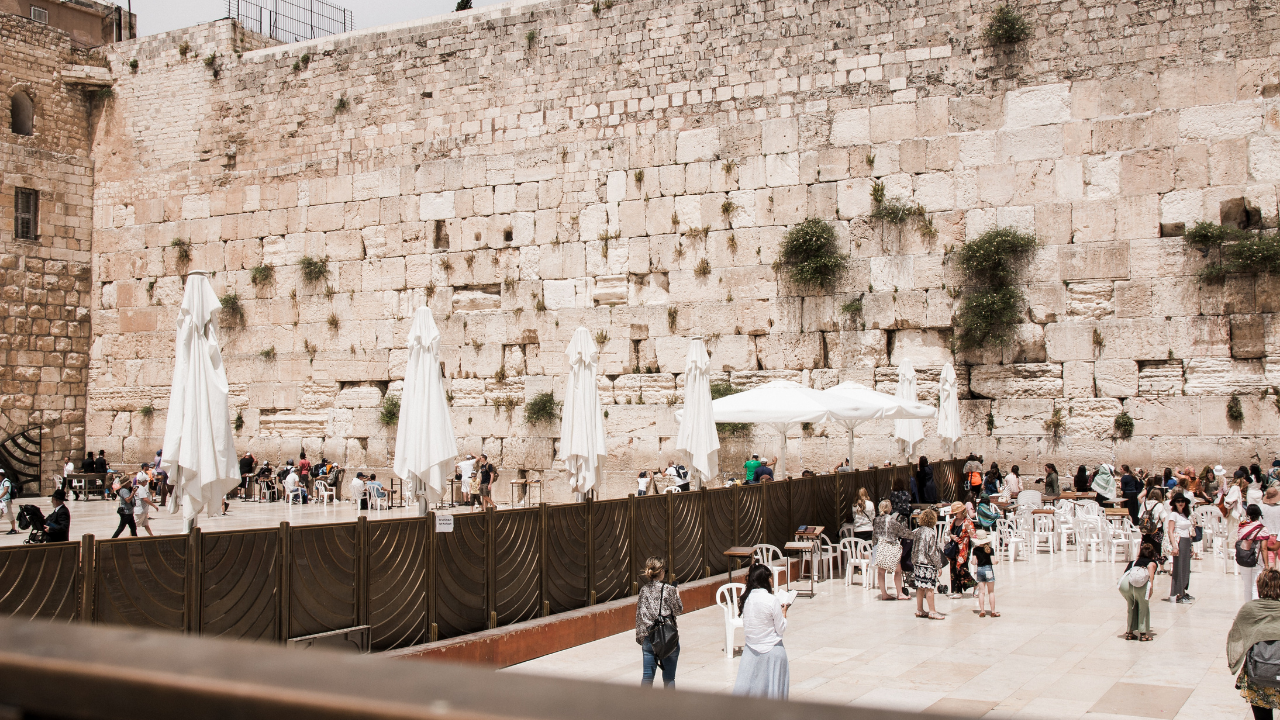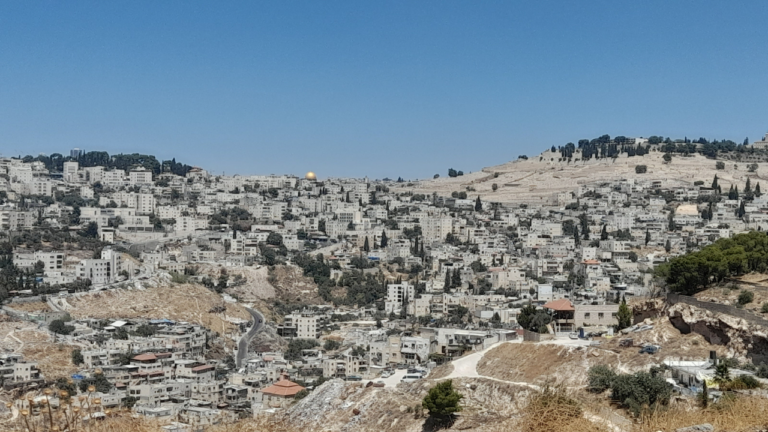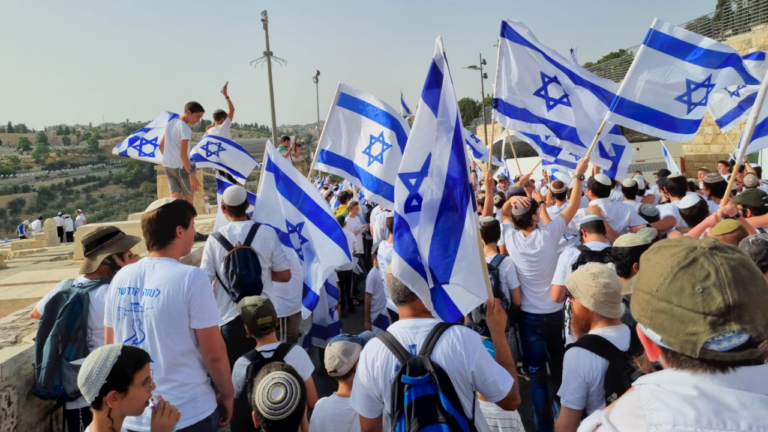Jerusalem The Beautiful
In the beginning of the celebratory song sung by the Jewish people on the shores of the Yam Suf, they sang:
“This is my God ve-anveihu, the God of my forefathers and I will make Him great.”
While the intention is clearly to praise God, the precise meaning of the word “ve-anveihu” is the subject of debate. The Talmud understands the word to refer to beauty:
As it was taught in a baraita with regard to the verse: “This is my God ve-anveihu” Beautify yourself before Him in mitzvot. Make before Him a beautiful sukka, a beautiful lulav, a beautiful shofar, beautiful ritual fringes, beautiful parchment for a Torah scroll, and write in it in His name in beautiful ink, with a beautiful quill by an expert scribe, and wrap the scroll in beautiful silk fabric.
This is the source of the general requirements that mitzvot should be decorated and beautiful.
Alternatively, a Midrash offers the following interpretation: “The word naveh refers to the Beit HaMikdash.” In other words, the Jewish people sang that they would make God great through building Him a central place of worship.
It is no coincidence that these are two interpretations of the same word in the Torah. In theory, it would have been possible to think that Judaism does not care about beauty. After all, aesthetics is an external category, more connected with physicality than spirituality. However, the Torah asserts the opposite. If used correctly, beauty can become incorporated into our service of God, even in the Beit HaMikdash itself.
In fact, the Beit HaMikdash was known to be the most beautiful building in the world. The Talmud relates that “one who has not seen the Beit HaMikdash in its splendor has not seen a beautiful building.” Material beauty, when viewed through the proper perspective can be a way to honor God and create awe for humans when encountering objects of Mitzvot.
This affinity for beauty is extended from the Beit HaMikdash to the entirety of Yerushalayim. The Talmud teaches us that even the marketplaces of Yerushalayim were swept daily lest they become too dirtied with mud. Similarly, there was a rabbinic enactment to not use limestone ovens in Yerushalayim, lest the smoke blacken the walls of the city. Going even farther, this element of beauty is even sourced in biblical descriptions of the city: “Zion is the epitome of beauty.” The Talmud comments that all of the world’s beauty is enveloped within Yerushalayim.
So even as we normally associate Yerushalyaim with spiritual matters, the Torah attributes great significance to the city’s aesthetics and grace. May we learn to appreciate all aspects of Yerushalayim!



